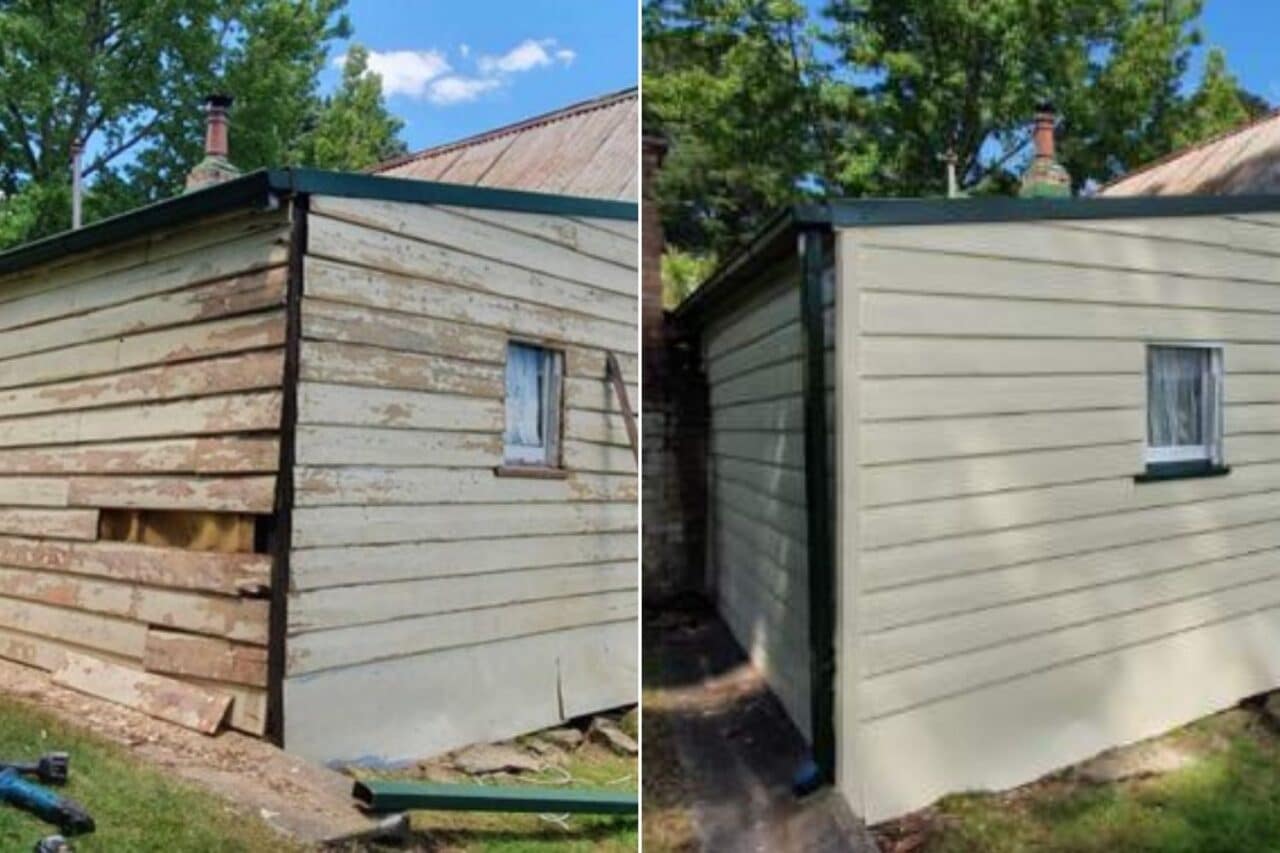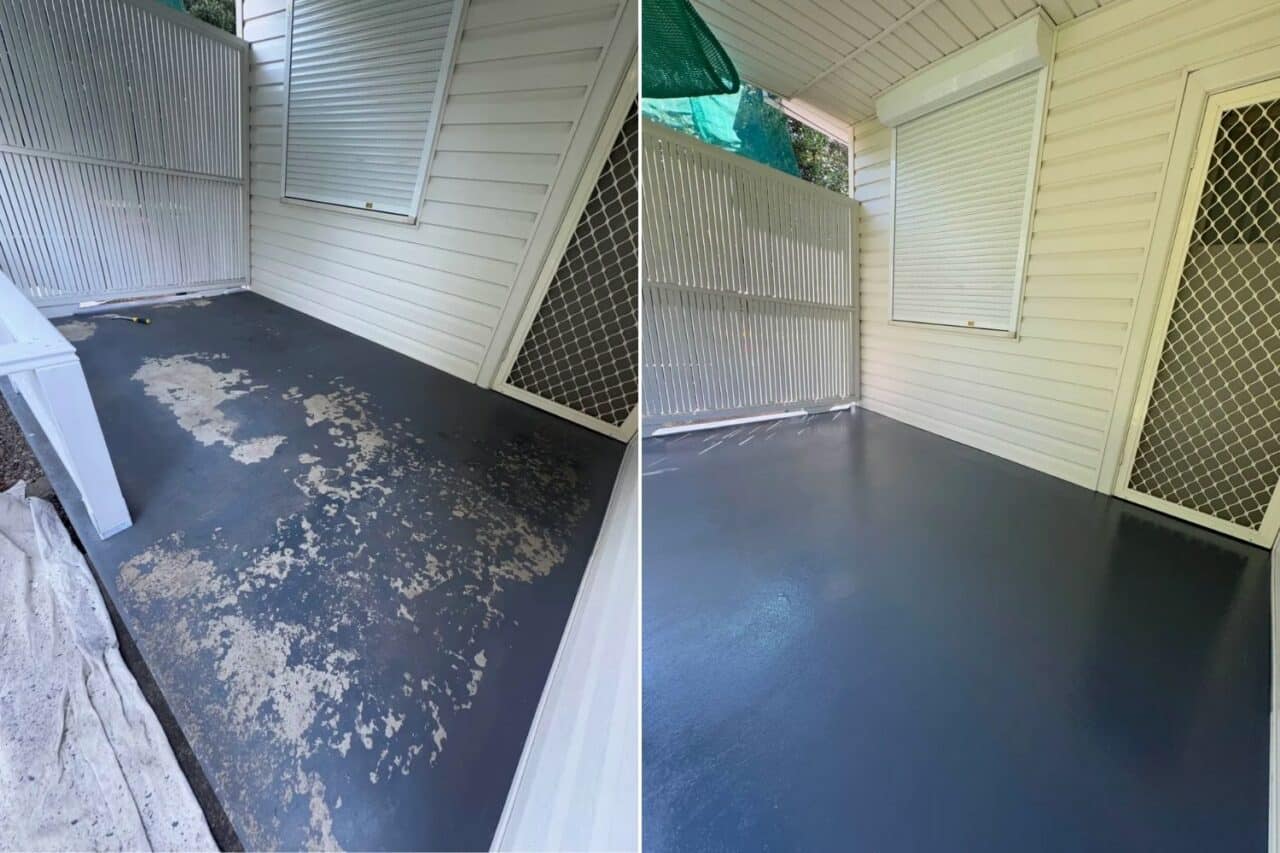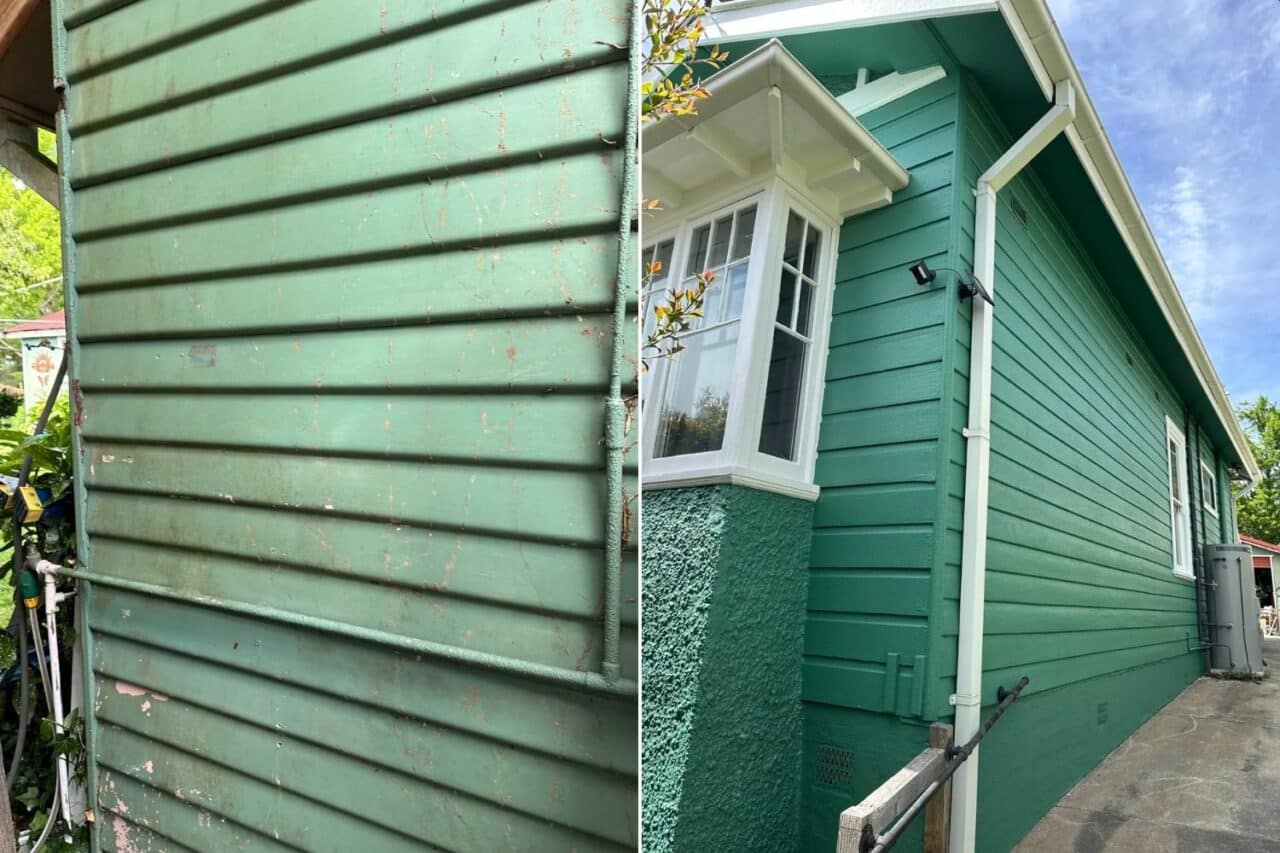Your home’s exterior paint serves as more than just decoration; it’s the first line of defence against Australia’s harsh weather conditions. From the scorching summer sun to torrential downpours and coastal salt spray, your exterior paint works tirelessly to protect your investment. But how do you know when it’s time to refresh that protective barrier?
Recognising the warning signs early can save you thousands in potential structural damage and maintain your property’s value. According to Priority One Coatings, residential homeowners should consider repainting every 5-8 years, though various factors can accelerate this timeline. Let’s explore the five telltale signs that indicate your home’s exterior is ready for professional attention.
1. Peeling, Cracking, or Flaking Paint
The most obvious indicator that your exterior needs attention is visible paint failure. When you notice paint peeling away from surfaces, cracking along trim lines, or flaking onto the ground, it’s more than just an aesthetic concern.
Paint deterioration occurs when the protective bond between the paint and surface begins to fail. This can happen due to moisture infiltration, extreme temperature fluctuations, or simply the natural aging process. Once paint begins to peel or crack, it creates entry points for moisture, which can lead to:
- Timber rot and structural damage
- Mould and mildew growth
- Insulation compromise
- Increased maintenance costs
Sydney house painters note that if paint is exposed to direct sunlight, this can reduce the lifespan by up to half, making regular inspections particularly important for north-facing surfaces.
2. Fading and Chalking
Australia’s intense UV radiation takes a significant toll on exterior paint, causing colours to fade and surfaces to develop a chalky residue. Chalking occurs when the paint’s binder breaks down, leaving behind a powdery coating that comes off when touched.
Faded paint not only diminishes your home’s curb appeal but also indicates that the paint’s protective properties are compromised. The UV protection that shields your home’s substrate is wearing thin, leaving it vulnerable to:
- Further UV damage
- Moisture penetration
- Accelerated deterioration
- Reduced energy efficiency
Dark colours and south-facing surfaces are particularly susceptible to fading, often showing signs of colour loss within 3-5 years in harsh Australian conditions.
3. Gaps in Caulking and Sealant
Caulking around windows, doors, and trim serves as a critical barrier against moisture infiltration. Over time, caulk can shrink, crack, or pull away from surfaces, creating gaps that allow water to penetrate behind your paintwork.
Failed caulking is particularly problematic because it often goes unnoticed until significant damage has occurred. Look for:
- Visible gaps around window and door frames
- Cracked or missing sealant along trim joints
- Water stains or discolouration around sealed areas
- Draft detection around openings
The Australian Architectural Coatings Market is expected to reach $1.25 billion by 2028, with homeowners increasingly focusing on weather-resistant solutions due to the country’s diverse climate conditions. This trend reflects the growing awareness of how proper sealing contributes to long-term home protection.
4. Mould, Mildew, and Staining
Mould and mildew growth on exterior surfaces indicates that moisture is penetrating your paintwork or that surfaces aren’t adequately protected. This is particularly common in:
- Shaded areas with poor air circulation
- Areas exposed to regular moisture
- Regions with high humidity
- Coastal environments
Beyond the unsightly appearance, mould and mildew can compromise your family’s health and indicate more serious moisture problems within your home’s structure. Additionally, rust stains around metal fixtures, water marks under gutters, or discolouration from pollution all signal that your paint’s protective barrier needs renewal.
Regular cleaning and maintenance can help prevent some staining, but persistent issues often require professional assessment and repainting with appropriate primers and protective coatings.
5. Poor Adhesion and Surface Preparation Issues
Sometimes, paint problems stem from inadequate surface preparation during previous paint jobs. Signs of poor adhesion include:
- Paint that easily scratches or chips with minimal contact
- Inconsistent coverage revealing underlying surfaces
- Paint that appears to be separating in layers
- Bubbling or blistering on painted surfaces
These issues often indicate that proper preparation was not undertaken before painting, such as inadequate cleaning, priming, or surface repair. According to Australian Standard AS/NZS 2311:2017 Guide to the painting of buildings, three coats must be applied to any bare plaster or timber surface, highlighting the importance of proper application standards.

Choosing the Right Time to Paint
Several factors influence the optimal timing for exterior painting projects:
Seasonal considerations: Autumn and spring generally provide the most stable weather conditions for painting, avoiding extreme heat, cold, or wet periods.
Project planning: Quality exterior painting takes time. Professional projects typically require 7-14 days depending on home size, weather conditions, and surface preparation needs.
Budget planning: Understanding the investment required allows you to plan appropriately and avoid rushed decisions that might compromise quality.
Why Professional Assessment Matters
While some signs of paint deterioration are obvious, others require professional evaluation. Our experienced team at Blue Mountains Painting provides comprehensive exterior painting assessments that evaluate:
- Surface condition and preparation requirements
- Suitable paint systems for your specific environment
- Colour selection for optimal performance and appeal
- Maintenance scheduling to maximise your investment
Professional painters bring expertise in surface preparation, product selection, and application techniques that ensure your investment delivers maximum protection and longevity.
Beyond the Obvious: Hidden Benefits of Exterior Painting
Modern exterior paint systems offer benefits beyond basic protection:
Energy efficiency: Light-coloured, reflective paints can reduce cooling costs by reflecting heat away from your home.
Environmental protection: Low-VOC paints contribute to better air quality while providing excellent performance.
Specialised solutions: Modern paint technology includes options for specific challenges like salt spray resistance, extreme UV protection, and anti-microbial properties.Warranty protection: Professional application with quality products typically includes comprehensive warranties, providing peace of mind and protection for your investment.

Does your home need an external refresh?
Your home’s exterior paint system is a critical component of its overall protection and value. Recognising these five warning signs early allows you to address issues before they become expensive problems:
- Peeling, cracking, or flaking paint
- Fading and chalking surfaces
- Failed caulking and sealant
- Mould, mildew, and staining
- Poor adhesion and preparation issues
Regular maintenance and professional assessment ensure your home remains protected against Australia’s challenging climate while maintaining its aesthetic appeal and market value. Don’t wait until minor issues become major expenses; proactive exterior maintenance is always the most cost-effective approach.
At Blue Mountains Painting, we understand the unique challenges facing Australian homes. Our comprehensive approach to exterior painting goes beyond simple paint application to provide holistic protection that stands the test of time. Contact our team today for a professional assessment and discover how proper exterior maintenance can protect your investment for years to come.
